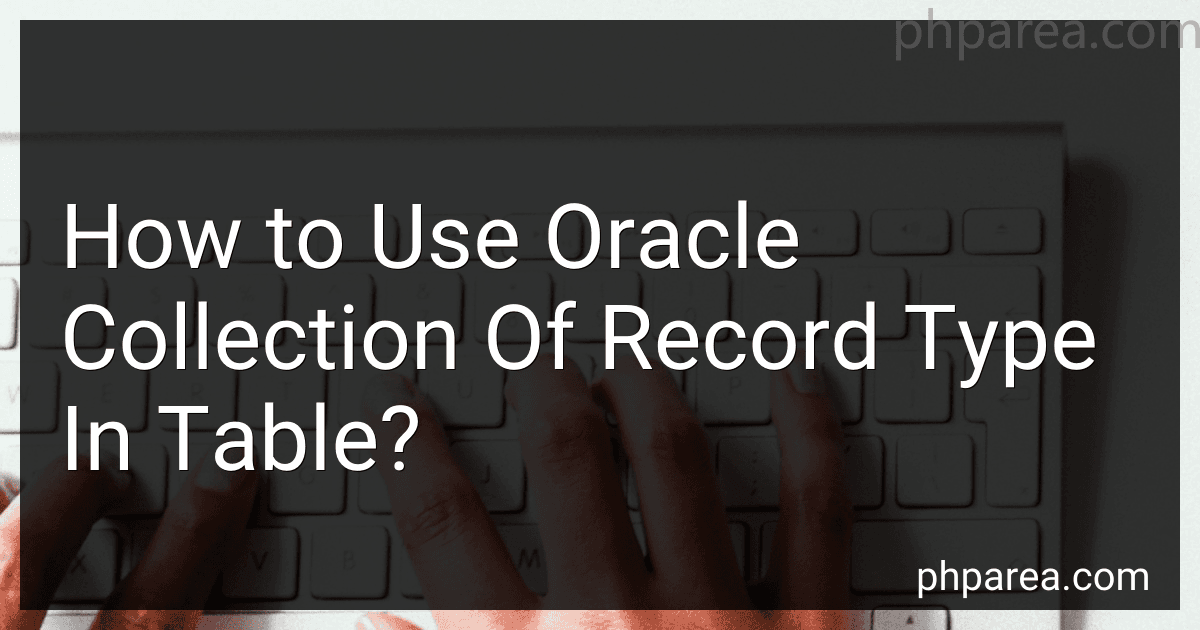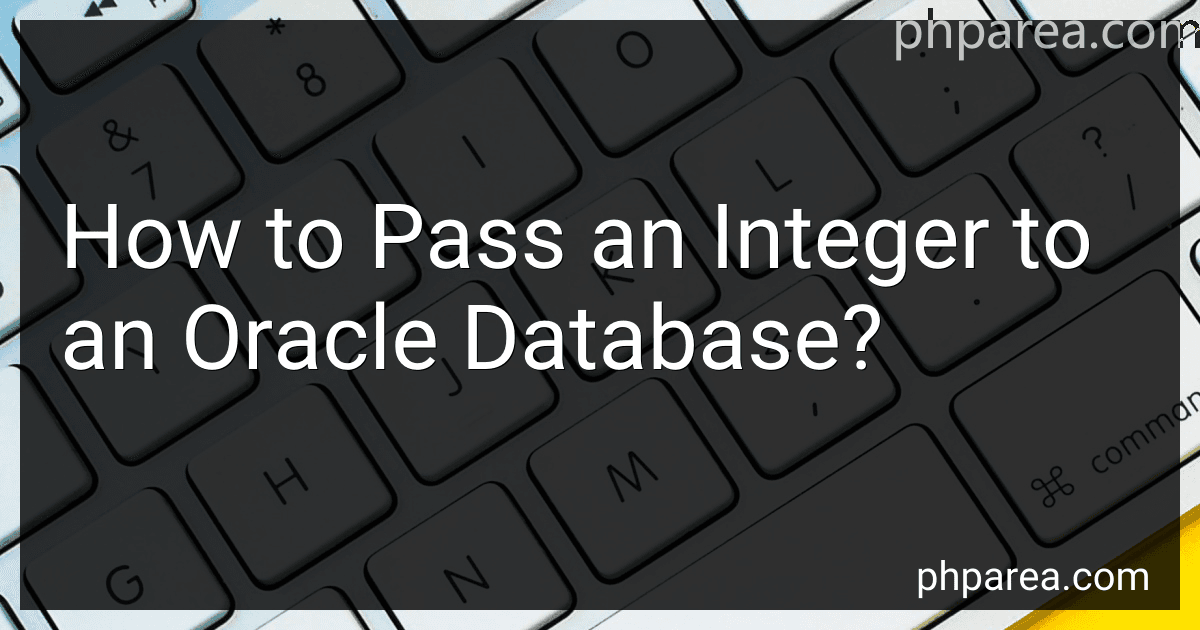Posts (page 65)
-
 4 min readTo create a new content type in Drupal, you will need to navigate to the Structure menu and then click on Content types. From there, you can select the Add content type button to begin creating your new content type. You will need to give your content type a name and a machine name, and then you can configure the various settings for the content type such as fields, display settings, and publishing options.
4 min readTo create a new content type in Drupal, you will need to navigate to the Structure menu and then click on Content types. From there, you can select the Add content type button to begin creating your new content type. You will need to give your content type a name and a machine name, and then you can configure the various settings for the content type such as fields, display settings, and publishing options.
-
 6 min readIn React, JSX elements are used to describe what the UI should look like. To render JSX elements in React, you can use the ReactDOM.render() method. This method takes two arguments: the JSX element you want to render and the target DOM element where you want to render it.For example, if you have a JSX element , and you want to render it in a div element with the id "root", you would use ReactDOM.render(, document.getElementById('root')).
6 min readIn React, JSX elements are used to describe what the UI should look like. To render JSX elements in React, you can use the ReactDOM.render() method. This method takes two arguments: the JSX element you want to render and the target DOM element where you want to render it.For example, if you have a JSX element , and you want to render it in a div element with the id "root", you would use ReactDOM.render(, document.getElementById('root')).
-
 2 min readTo install Svelte, you can use npm which is a package manager for JavaScript. Start by creating a new project folder and navigating into it using the terminal. Then run the command npm init svelte. This will prompt you to enter details about your project and set up a basic template. Once that is done, you can start the development server by running npm run dev and access your project at http://localhost:5000. You can now begin writing your Svelte components and building your application.
2 min readTo install Svelte, you can use npm which is a package manager for JavaScript. Start by creating a new project folder and navigating into it using the terminal. Then run the command npm init svelte. This will prompt you to enter details about your project and set up a basic template. Once that is done, you can start the development server by running npm run dev and access your project at http://localhost:5000. You can now begin writing your Svelte components and building your application.
-
 5 min readTo install Drupal, you will first need to download the latest version of the Drupal software from the official website. Once you have downloaded the software, you will need to extract the files and upload them to your web server using an FTP client.Next, you will need to create a MySQL database for your Drupal installation. You can do this using the control panel provided by your web hosting provider.
5 min readTo install Drupal, you will first need to download the latest version of the Drupal software from the official website. Once you have downloaded the software, you will need to extract the files and upload them to your web server using an FTP client.Next, you will need to create a MySQL database for your Drupal installation. You can do this using the control panel provided by your web hosting provider.
-
 7 min readTo create a new React.js project, you will need to have Node.js and npm installed on your system. Once you have Node.js installed, you can create a new React.js project by using the create-react-app package.To create a new project, open your terminal and run the following command:npx create-react-app your-project-nameReplace "your-project-name" with the name you want to give to your project.
7 min readTo create a new React.js project, you will need to have Node.js and npm installed on your system. Once you have Node.js installed, you can create a new React.js project by using the create-react-app package.To create a new project, open your terminal and run the following command:npx create-react-app your-project-nameReplace "your-project-name" with the name you want to give to your project.
-
 4 min readTo use an Oracle collection of record type in a table, you first need to define the record type that will be used in the collection. This record type will specify the structure of each record in the collection.Once the record type is defined, you can declare a collection of that record type. This collection can then be used as a column in a table by specifying the column data type as the collection type.
4 min readTo use an Oracle collection of record type in a table, you first need to define the record type that will be used in the collection. This record type will specify the structure of each record in the collection.Once the record type is defined, you can declare a collection of that record type. This collection can then be used as a column in a table by specifying the column data type as the collection type.
-
 6 min readWhen using analytic functions in Oracle, null values are included by default in the calculation process. However, if you want to ignore null values in an analytic function, you can use the "IGNORE NULLS" clause. This clause tells the function to skip any null values in the calculation and only consider non-null values.
6 min readWhen using analytic functions in Oracle, null values are included by default in the calculation process. However, if you want to ignore null values in an analytic function, you can use the "IGNORE NULLS" clause. This clause tells the function to skip any null values in the calculation and only consider non-null values.
-
 5 min readTo pass an integer to an Oracle database, you can use SQL statements to insert or update values in a table column that is defined as an integer data type. You can specify the integer value directly in your SQL query, or you can use a programming language that interacts with the database to pass the integer as a parameter in a prepared statement.
5 min readTo pass an integer to an Oracle database, you can use SQL statements to insert or update values in a table column that is defined as an integer data type. You can specify the integer value directly in your SQL query, or you can use a programming language that interacts with the database to pass the integer as a parameter in a prepared statement.
-
 4 min readConverting a MSSQL stored procedure to Oracle involves several steps. First, you need to understand the differences between the two database systems, such as syntax, data types, and functions. Next, you need to rewrite the logic of the stored procedure using Oracle-specific syntax. This may involve changing the way variables are declared, loops are implemented, and error handling is done.
4 min readConverting a MSSQL stored procedure to Oracle involves several steps. First, you need to understand the differences between the two database systems, such as syntax, data types, and functions. Next, you need to rewrite the logic of the stored procedure using Oracle-specific syntax. This may involve changing the way variables are declared, loops are implemented, and error handling is done.
-
 6 min readTo integrate Oracle and Kafka, you can use Kafka Connect which is a framework for connecting Kafka with external systems.You can use the Oracle CDC (Change Data Capture) connector for Kafka Connect to capture data changes from an Oracle database and stream them to Kafka topics. This connector enables you to continuously capture changes from Oracle tables and publish them to Kafka in real-time.
6 min readTo integrate Oracle and Kafka, you can use Kafka Connect which is a framework for connecting Kafka with external systems.You can use the Oracle CDC (Change Data Capture) connector for Kafka Connect to capture data changes from an Oracle database and stream them to Kafka topics. This connector enables you to continuously capture changes from Oracle tables and publish them to Kafka in real-time.
-
 3 min readTo update multiple records in Oracle, you can use the UPDATE statement along with the WHERE clause to specify the conditions for which records you want to update. You can also use subqueries or joins to update records in multiple tables at once. Make sure to test your update statement on a small sample of data first to ensure it is doing what you intended. Additionally, consider using transactions to ensure data integrity and to be able to rollback changes if needed.
3 min readTo update multiple records in Oracle, you can use the UPDATE statement along with the WHERE clause to specify the conditions for which records you want to update. You can also use subqueries or joins to update records in multiple tables at once. Make sure to test your update statement on a small sample of data first to ensure it is doing what you intended. Additionally, consider using transactions to ensure data integrity and to be able to rollback changes if needed.
-
 3 min readTo write queries with concatenation and alias in Oracle, you can use the CONCAT function to combine different columns or strings together. This function takes two arguments and concatenates them into a single string.You can also use the AS keyword to give an alias to the concatenated string or column in your query results. This alias provides a more readable name for the concatenated value in the output.
3 min readTo write queries with concatenation and alias in Oracle, you can use the CONCAT function to combine different columns or strings together. This function takes two arguments and concatenates them into a single string.You can also use the AS keyword to give an alias to the concatenated string or column in your query results. This alias provides a more readable name for the concatenated value in the output.